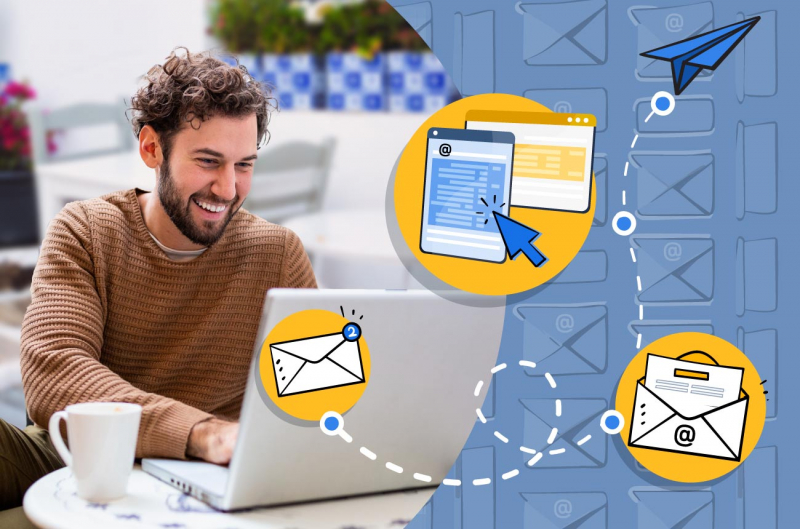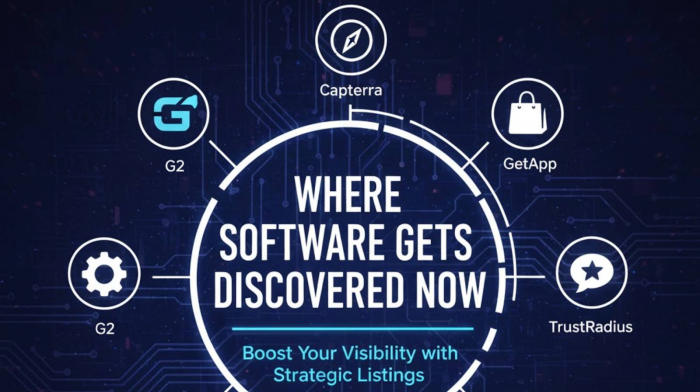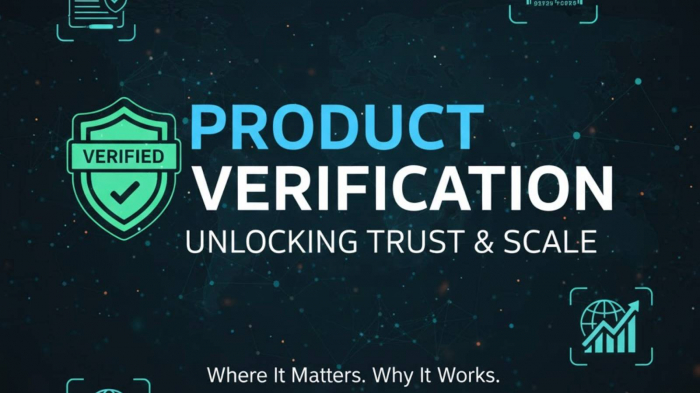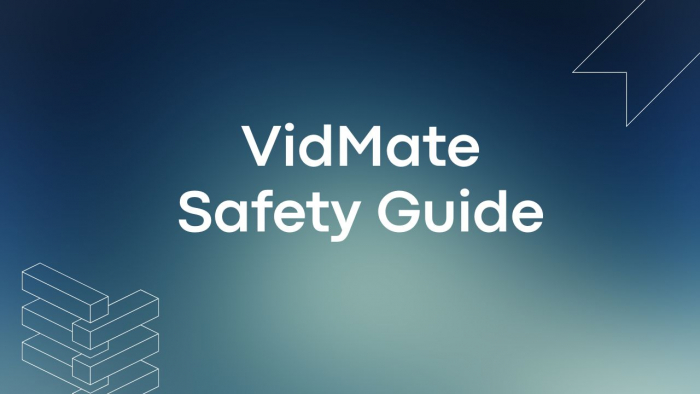Email marketing continues to be one of the most reliable growth channels for SaaS companies. Being a direct, personal, and measurable channel, email still has an upper hand when it comes to reaching users, even compared to chat apps, social media, and countless digital touchpoints.
More importantly, it offers SaaS businesses a way to nurture prospects through complex buyer journeys—by guiding them step by step, from the first signup to product adoption, upgrades, and long-term retention.
The more emails we all get, the more SaaS email campaigns need to be created with the user in mind and their individual customer journey. The three strategies we’ll look at below are simple and practical steps that, when used consistently, can help SaaS businesses strengthen customer relationships and turn email into a reliable tool for growth.
1. Build Smarter Email Lists, Not Just Bigger Ones
Whether you are in SaaS, or any other type of business that uses email marketing, there is always a temptation to see email list size as the ultimate measure for your potential success. It might seem logical on the surface: in the end, the more contacts you have, the higher your chances to reach potential clients. A large list looks impressive on paper, indeed. There is just a big difference between a big list with quality contacts and one that’s filled with inactive, fake, or irrelevant addresses.
Poor list hygiene doesn’t benefit your engagement. Quite the opposite, it actively damages deliverability, leading to high bounce rates, which tell email providers that your messages are low quality. This, in turn, increases the risk of landing in spam folders.

Artificially bloated email lists also contain spam traps—those inactive addresses designed to catch careless senders. They can drag down your sender reputation a lot. The outcome is sadly known: most of your emails (even really good quality campaigns) will be considered spam by email service providers.
Tip: A smaller but healthier list will always outperform a bigger but neglected one. A practical step here is to validate your email addresses regularly. Tools like Sendigram email checker can quickly spot invalid or risky addresses before they damage your reputation. If you combine it with routine list cleaning, you can create a strong foundation of trust that supports all your future campaigns.
2. Don’t Reinvent the Wheel–Use Proven Email Templates
Every SaaS marketer knows the hard work behind producing an email that brings results. Starting from scratch each time is exhausting, and honestly, it is not even needed. There are already templates that follow best practices in structure and design, so why make things harder than they have to be?
For SaaS companies, this is especially true because the communication patterns are very similar across the industry. Almost every SaaS product goes through the same email cycle:
✔ onboarding emails— to help new users get started,
✔ trial expiration reminders—to push people toward conversion,
✔ feature announcements—to show improvements and keep users engaged.
These scenarios repeat again and again, so trying to invent something completely new every single time doesn’t make sense. In fact, it can even be risky, because you might leave out some important element that’s necessary for the email to work.
Using a template gives you a reliable base, so you can spend less time on structure and more time on content. You can always adapt the text, change the visuals, and make the email fit your product and your brand voice. You can use your creativity, but with a solid framework, you know you’re not missing the essentials.
Tip: For inspiration and a practical starting point, you can always use Sendigram free email templates tailored for SaaS. They already cover the most common use cases, but at the same time, they’re customizable, so you can adjust them however you like.
3. Automate to Engage at the Right Time
While well-designed, informative emails made with the SaaS template are a great asset for the industry, it’s also important to send them in the right way. What that means is that different users need different things at different times. A brand-new user doesn’t need the same kind of message as someone who has been with your company for a year, and someone approaching the end of the free trial needs something completely different than the first two.
That’s where automation can be your other helper. It allows you to set up a communication process with your clients by sending them relevant, consistent, and well-timed messages. To do so, you need to set up workflows that react to what people are doing. When someone signs up, they automatically get an onboarding series that guides them through the main features. When inactivity happens, they get a reminder or a friendly push. This way, even if you have thousands of users, each of them will feel like the email they’re getting makes sense for them because it is tied to their personal journey. And for your team, it will mean less manual work and more time to focus on things like strategy and creativity, which leads to further product improvement.
Tip: If you are new to automation, start small. Begin with one or two workflows, such as onboarding or inactivity reminders, before expanding. This way you avoid overwhelming users and can test what works best for your audience.
Conclusion
None of the strategies we discussed above requires massive budgets or complex systems. Everything it boils down is consistency, reliability and a genuine desire to make your customers’ experience better. By applying these steps SaaS companies can turn email marketing into a true growth driver. When you apply these fundamentals, you can start seeing your emails as a tool that brings your products closer to your customers by guiding them, supporting them, and growing with them.
Post Comment
Be the first to post comment!





